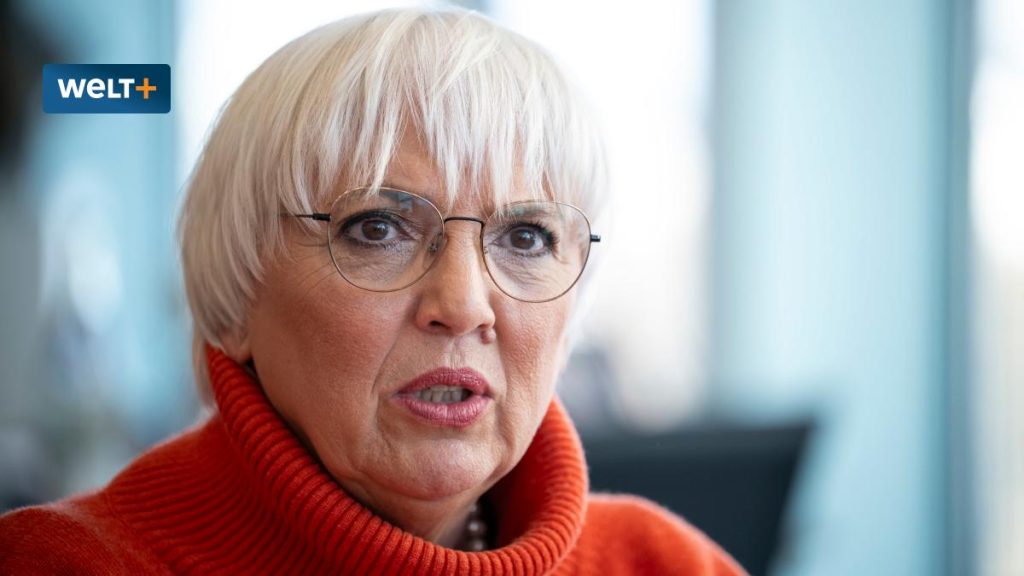Culture Minister Claudia Roth is facing increasing criticism for her main focus on distributing funding. Despite widespread support, the Green Party member tends to avoid discussions and conflicts when faced with criticism. However, the contradictions in her approach are becoming more apparent even within her own party.
Roth’s role as Culture Minister involves allocating funds to various cultural projects and initiatives. While this aspect of her job is crucial, some critics argue that she may be neglecting other important responsibilities in order to prioritize funding distribution. This has led to calls for a more balanced approach that addresses a wider range of cultural issues beyond just financial support.
The Minister’s tendency to avoid engaging with criticism has also sparked concern among her colleagues and supporters. Some argue that dialogue and open communication are essential for addressing concerns and improving decision-making processes. Roth’s reluctance to confront issues head-on could potentially hinder her ability to effectively fulfill her duties as Culture Minister.
The growing chorus of dissent within the Green Party suggests that Roth’s leadership style and approach to handling criticism may be causing division within her own political circle. This internal turmoil could have broader implications for the party’s unity and credibility, especially as cultural issues continue to be a key focus for the Greens.
As calls for Roth to address these concerns and engage in more meaningful dialogue intensify, the Minister may face increasing pressure to reconsider her approach and adapt to a more collaborative and inclusive leadership style. How she responds to this challenge will not only impact her own tenure as Culture Minister but also the overall effectiveness and credibility of the Green Party’s cultural policies.
Ultimately, the criticism facing Minister Roth highlights the importance of transparency, accountability, and open communication in governmental decision-making processes. As the debate around her leadership style and approach to funding distribution continues to unfold, it remains to be seen how she will navigate these challenges and work towards a more cohesive and effective cultural policy agenda.


